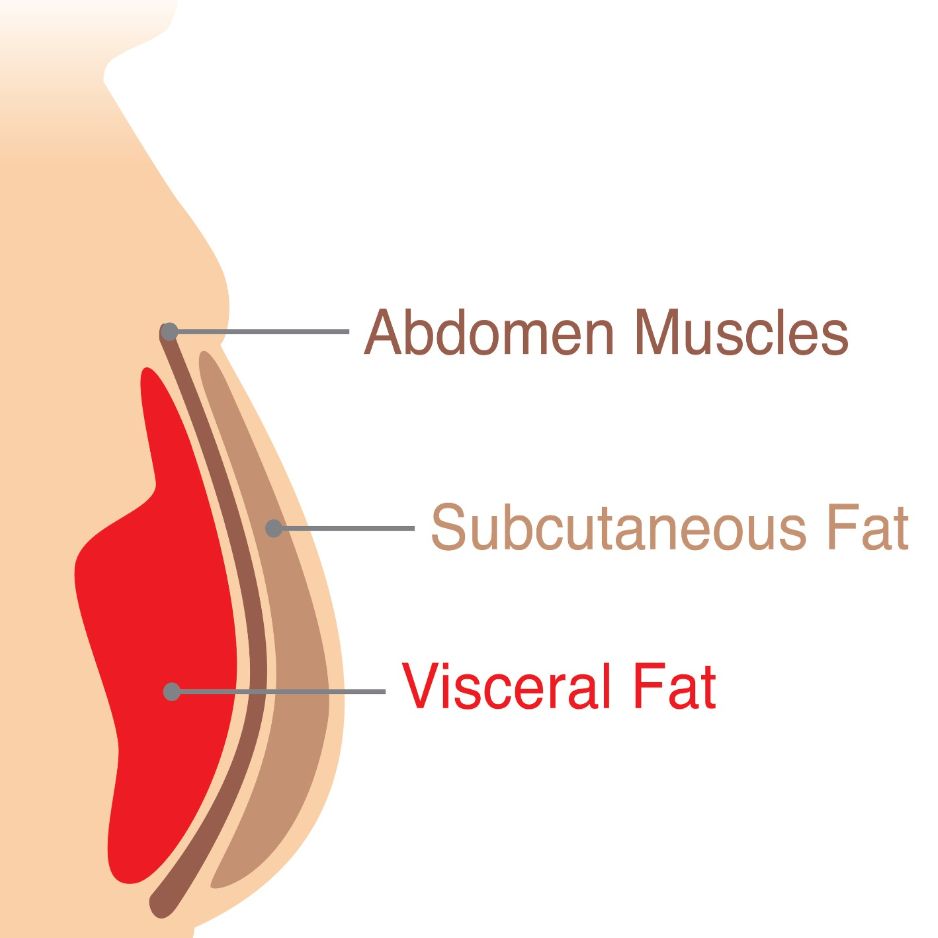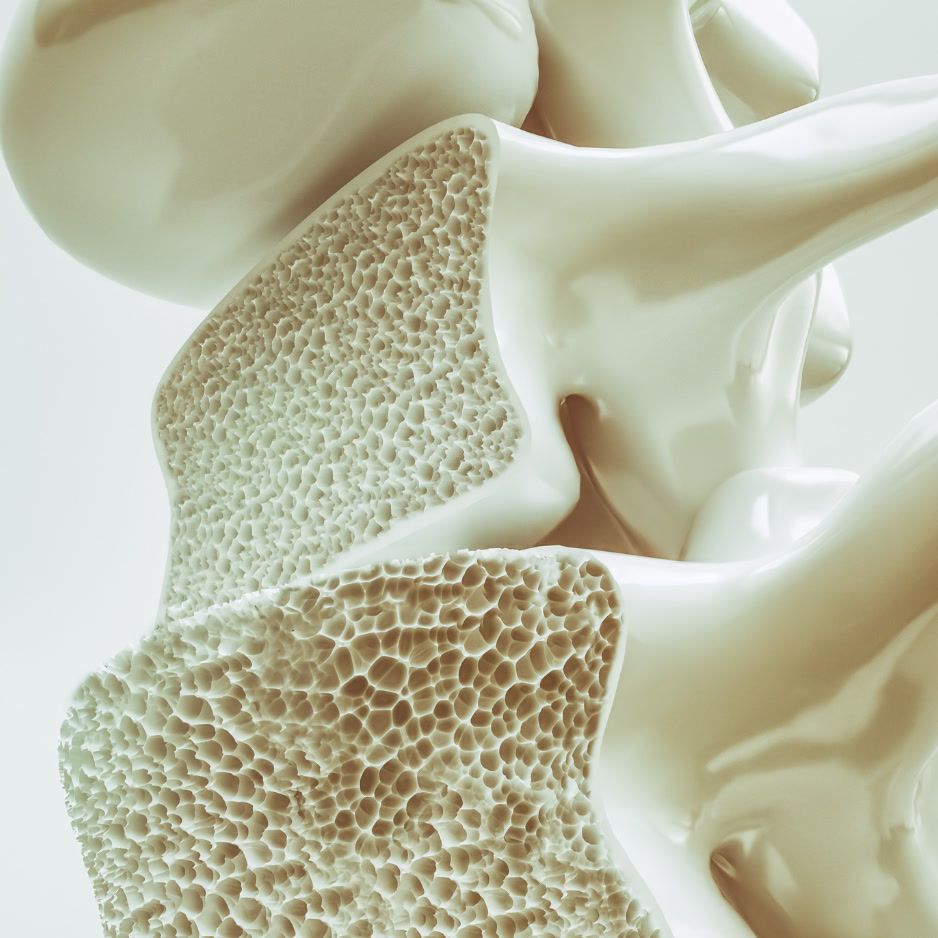Get in Shape: An 8-Week Habit-First Plan
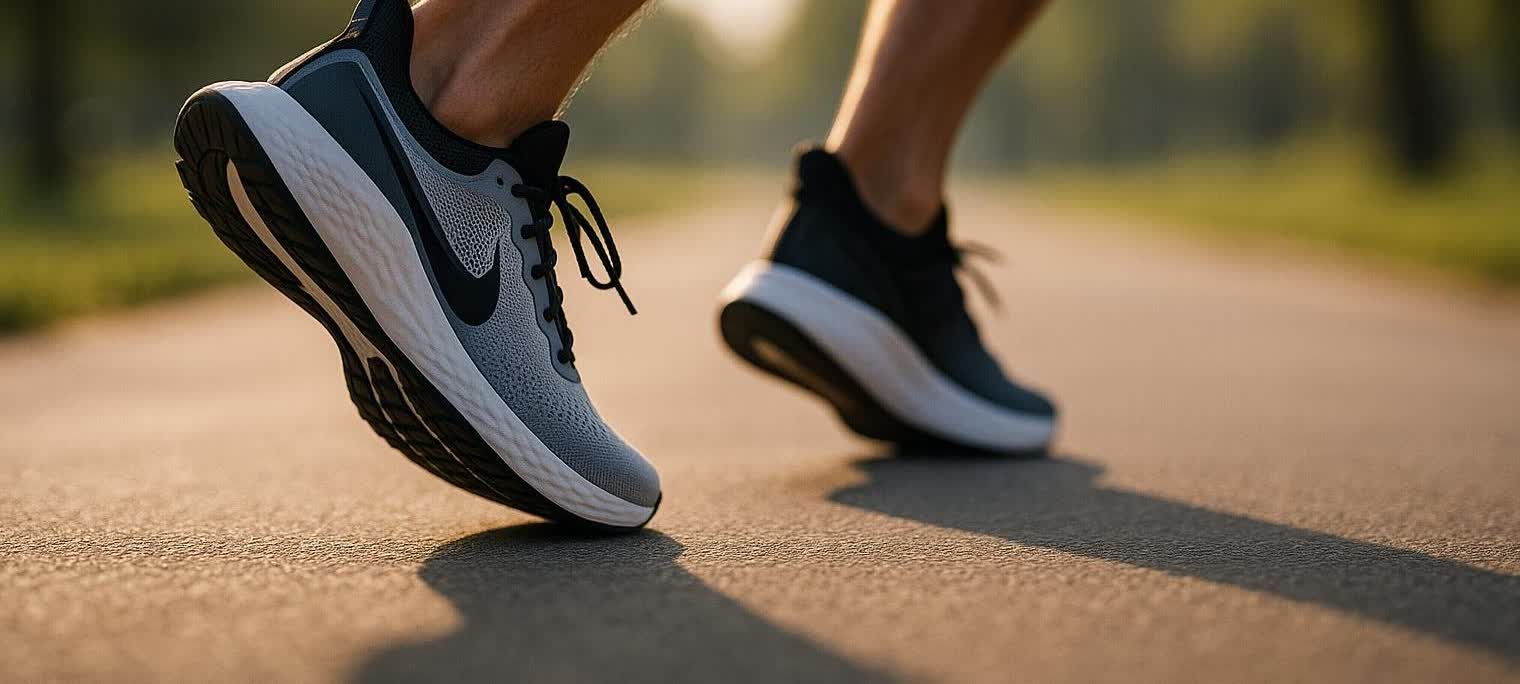
Get in Shape: A Simple, Habit-First 8-Week Plan
Scrolling through “30-day shred” posts can make fitness sound like magic. In reality, people who get in shape often succeed by focusing on two key things:
- They track where they’re starting.
- They practice a handful of small habits every day.
This guide strips away the noise and focuses on foundational routines you can repeat for life—whether you’re 25 or 75. Use it as a blueprint, then layer on complexity later if you wish.
1. Know Your Starting Line
You can’t improve what you don’t measure. Grab three quick data points this week:
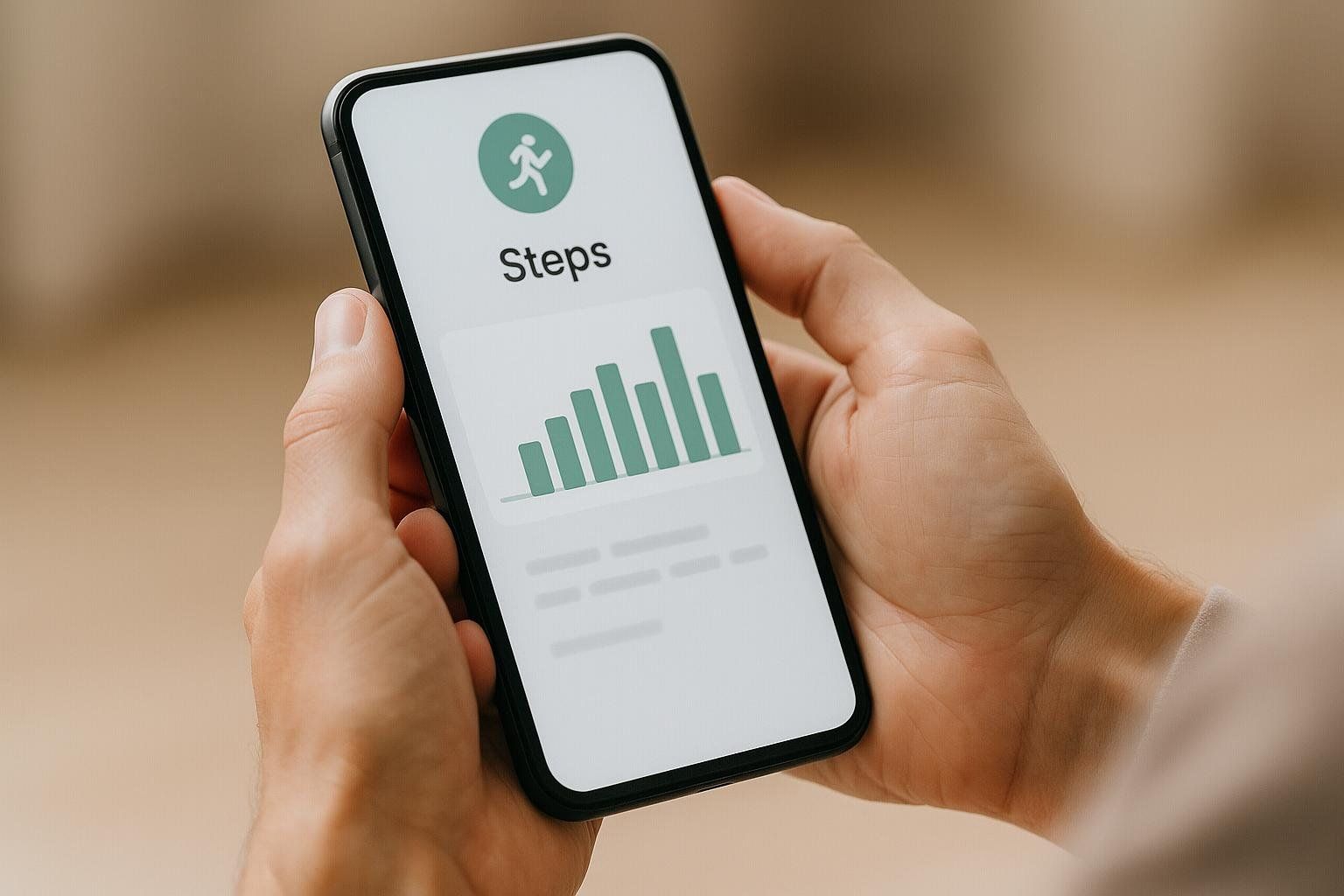
| Tool | What It Tells You | How to Collect It |
|---|---|---|
| DEXA Scan (learn about body composition) | Fat, muscle, bone, visceral fat | Book a 10-minute appointment at BodySpec and review 5 Tips for a Successful Scan; repeat at Week 9 |
| Daily Steps | Baseline activity level | Smartphone or fitness tracker |
| Resting Heart Rate | Cardio fitness trend | Measure each morning before getting out of bed |
Tip: A single set of front/side photos in good lighting often provides more visual insight into body composition changes than scale readings alone.
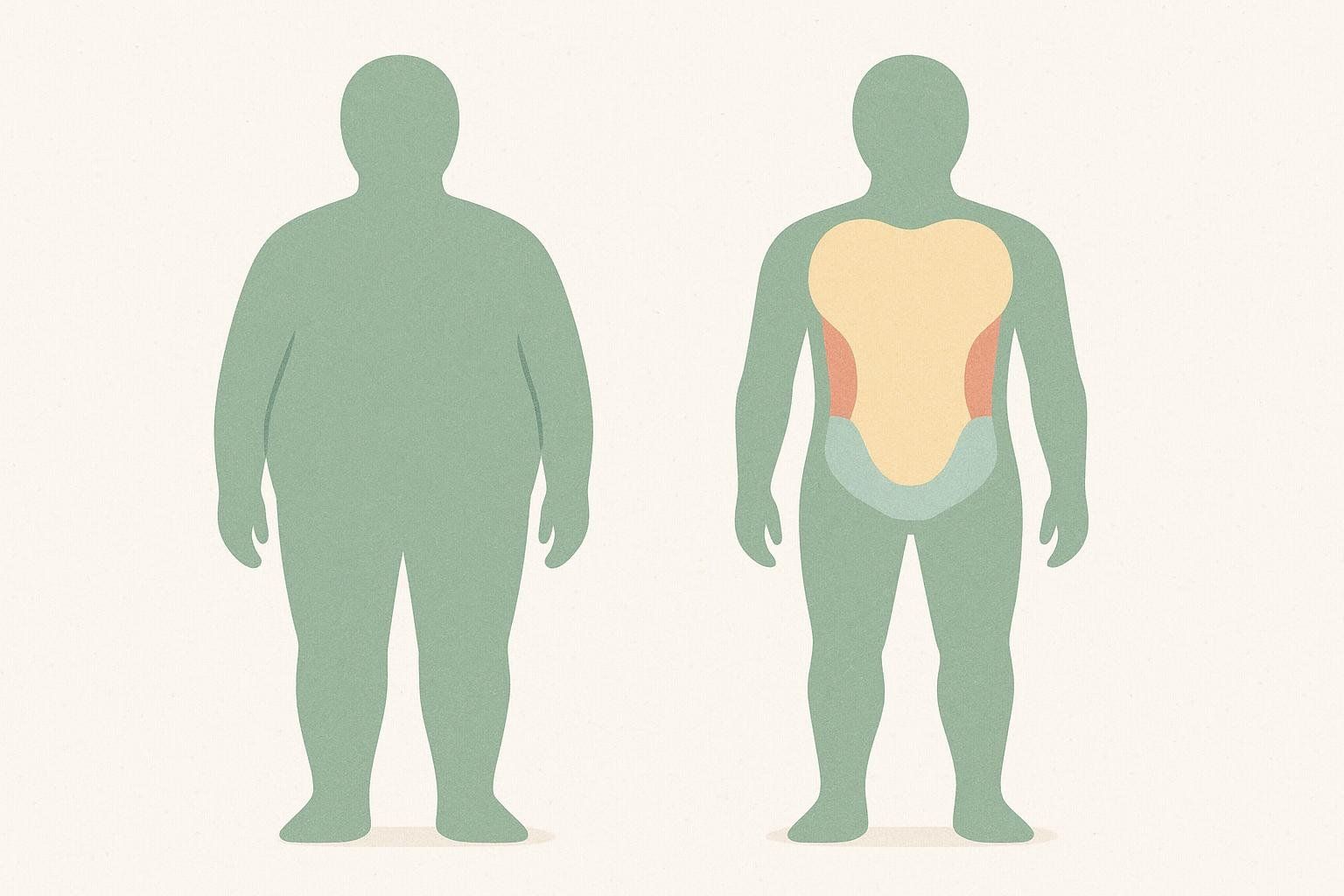
2. Build Small Nutrition Habits
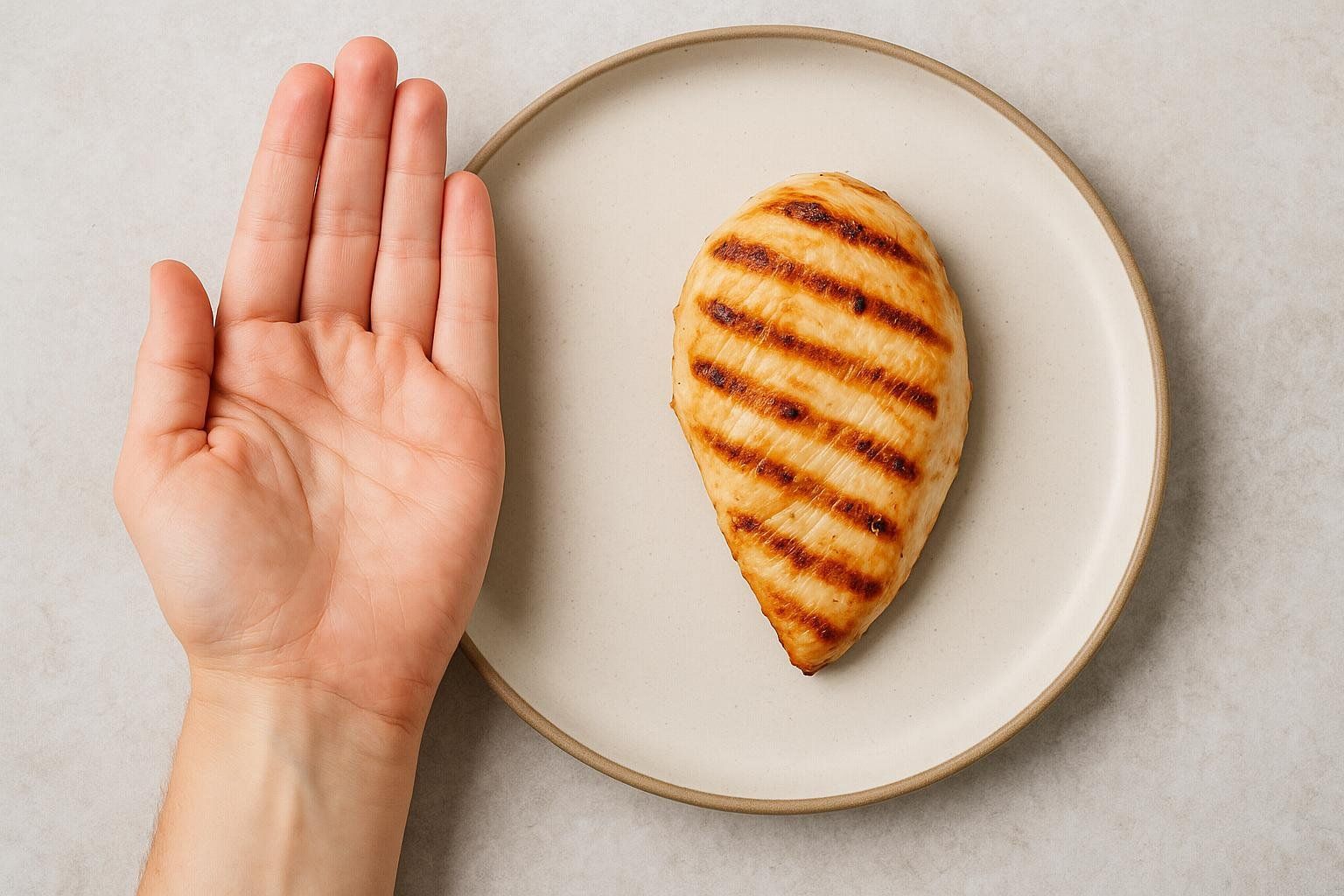
Forget complicated macros for now. Nail these three habits first:
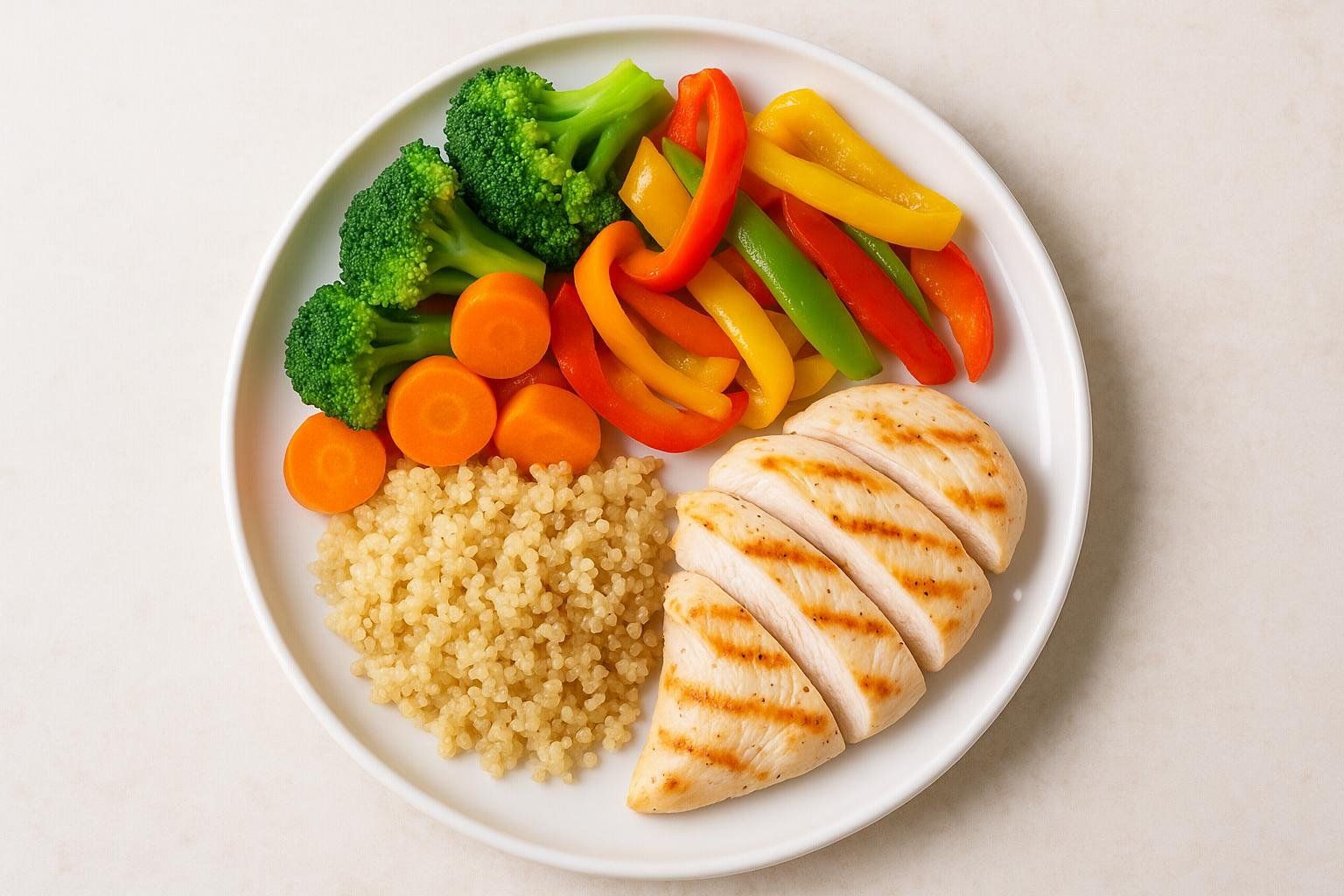
- Protein with Every Meal – A palm-size serving of eggs, Greek yogurt, lean meat, tofu, or beans helps muscle repair and curbs cravings.
- Half a Plate of Produce – Vegetables and fruit add fiber, vitamins, and volume so you feel full on fewer calories.
- Water Before Anything Else – Drink a full glass of water when you wake up and before each meal. Mild dehydration often masquerades as hunger.
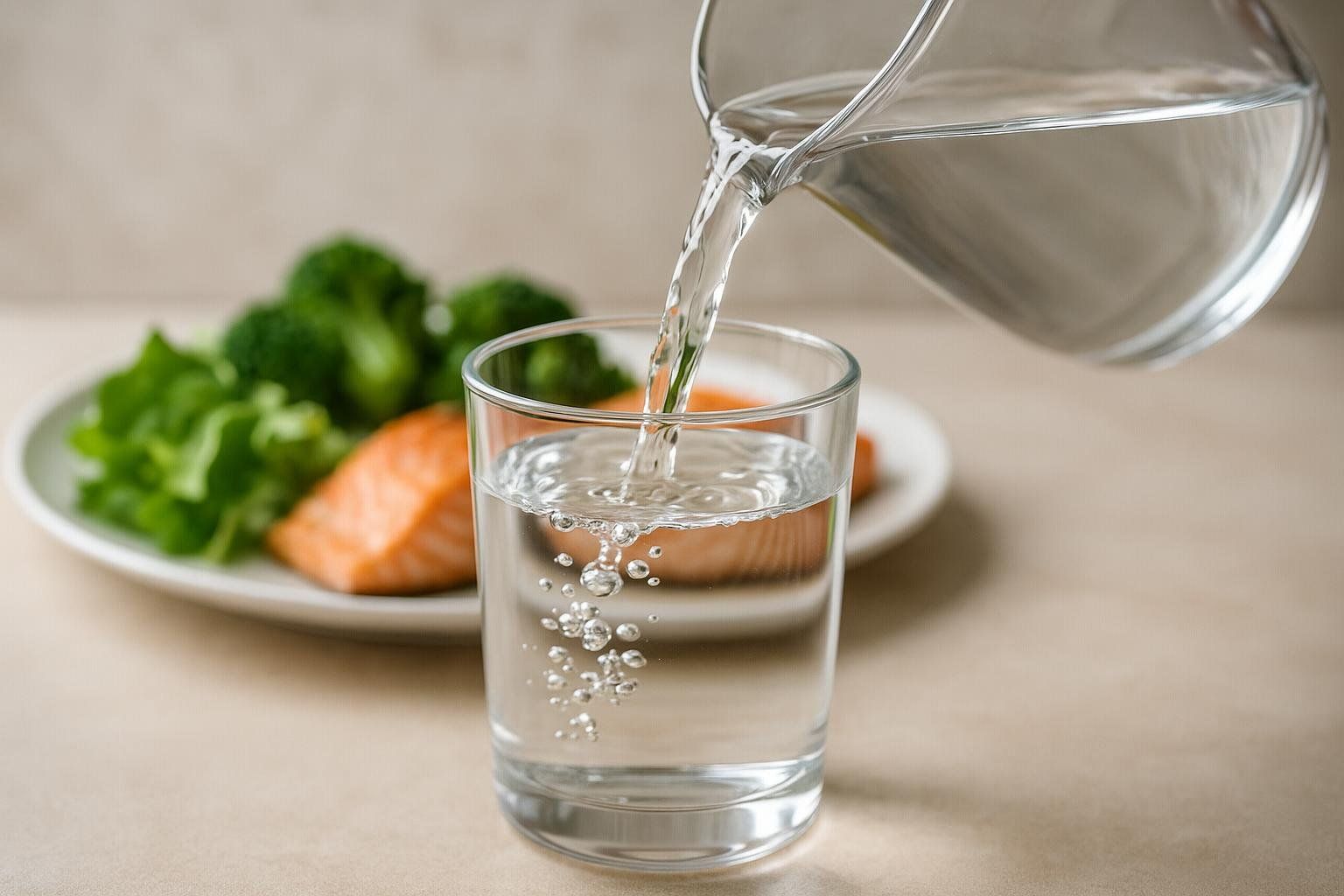
If you do want numbers, start with the simple rule of 14–16 calories per pound of body weight to estimate maintenance. Treat this as a baseline: for gradual fat loss subtract 300–500 calories; for lean muscle gain add 200–300. Adjust every couple of weeks based on energy, hunger, and progress. Note: Individual calorie needs can vary based on activity level, age, sex, and other factors, so consider this a general starting point.
3. Move a Little—Every Day
The government’s Physical Activity Guidelines recommend 150 minutes of moderate cardio plus two strength sessions weekly. Here’s how that looks in real life:
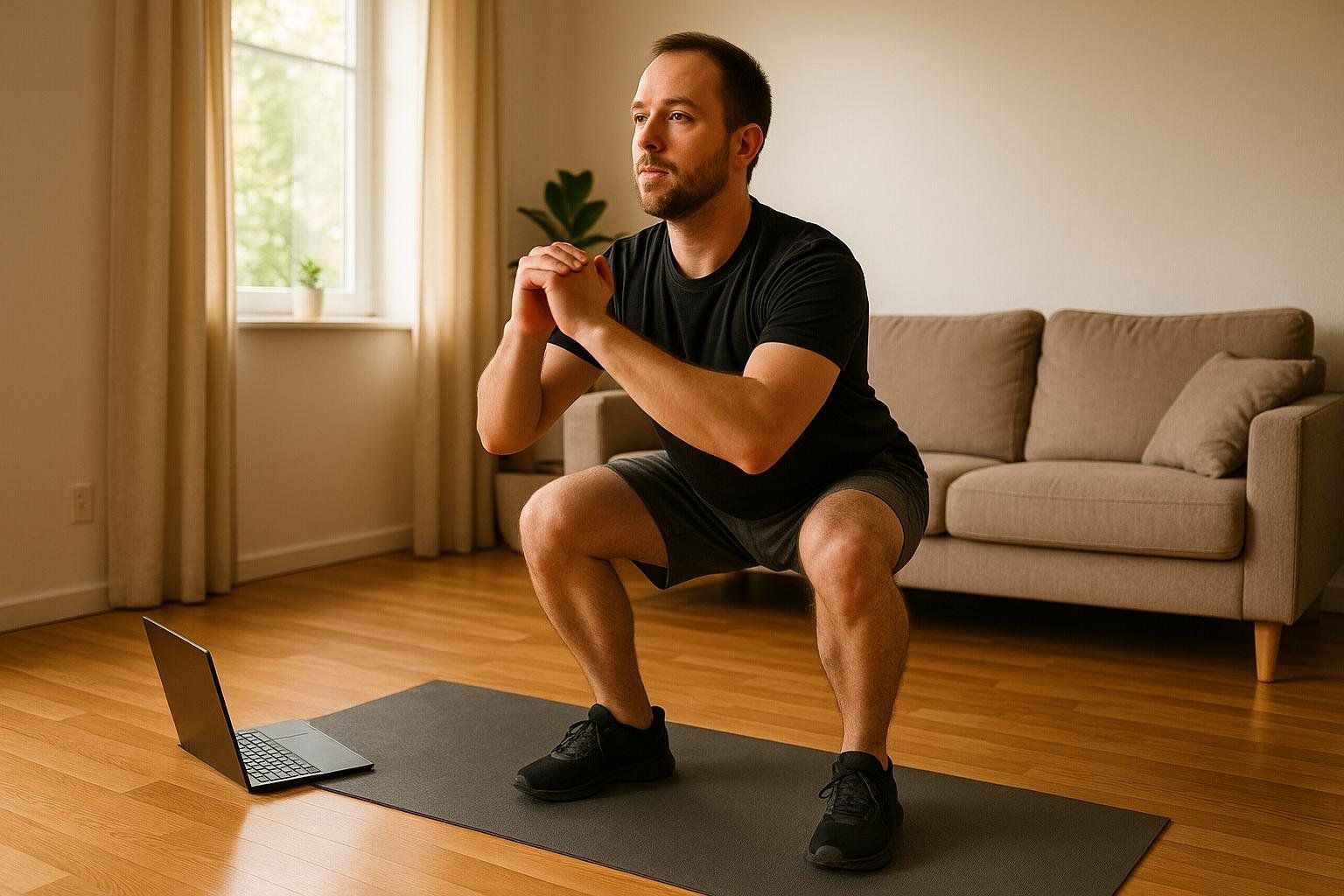
| Day | Habit | Example |
|---|---|---|
| Mon | 30-min walk | Phone-free stroll after lunch |
| Tue | 20-min strength | Body-weight circuit at home |
| Wed | 30-min bike or swim | Moderate pace |
| Thu | 20-min strength | Dumbbell basics: squat, press, row |
| Fri | 30-min walk | Commute on foot or treadmill podcast session |
| Sat | Active fun | Hike, pickleball, dance class |
| Sun | Rest & stretch | 10-min foam roll + nap |
No gym? Load a backpack with books for resistance.
Bad knees? Swap walks for pool laps or cycling. The movement can change—the habit of daily motion stays.
4. Prioritize Recovery

Muscle and aerobic gains happen between workouts.
- Sleep 7–9 hours. A systematic review in Sports Medicine found that sleep loss can lower next-day exercise performance by roughly 7–8 %.
- Stretch what you train. Five minutes of static stretching keeps joints happy.
- De-stress. Meditation, journaling, or simply walking outdoors can help lower cortisol—a stress hormone that, when chronically elevated, may contribute to abdominal fat storage (PubMed).
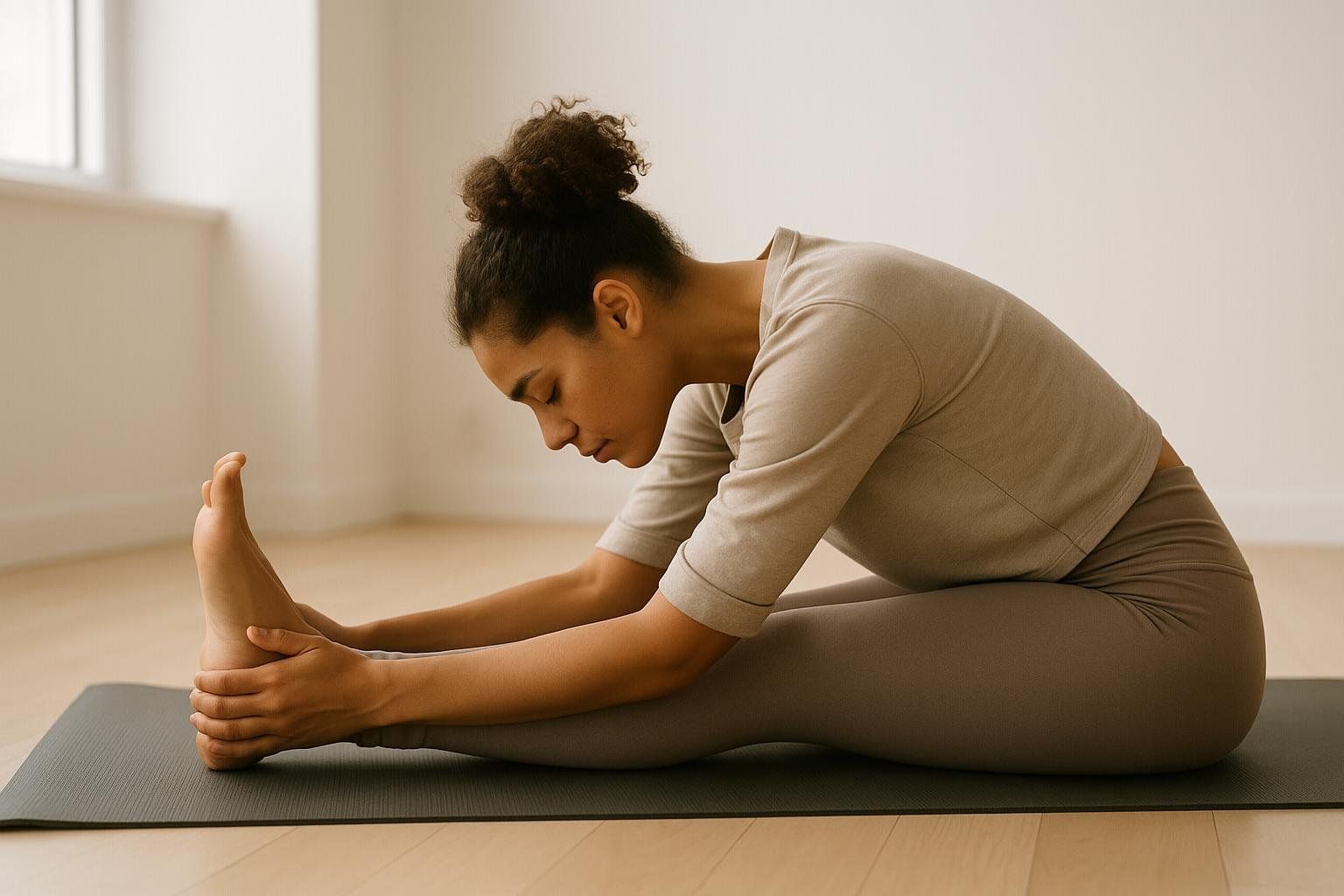
5. The 8-Week Habit Checklist
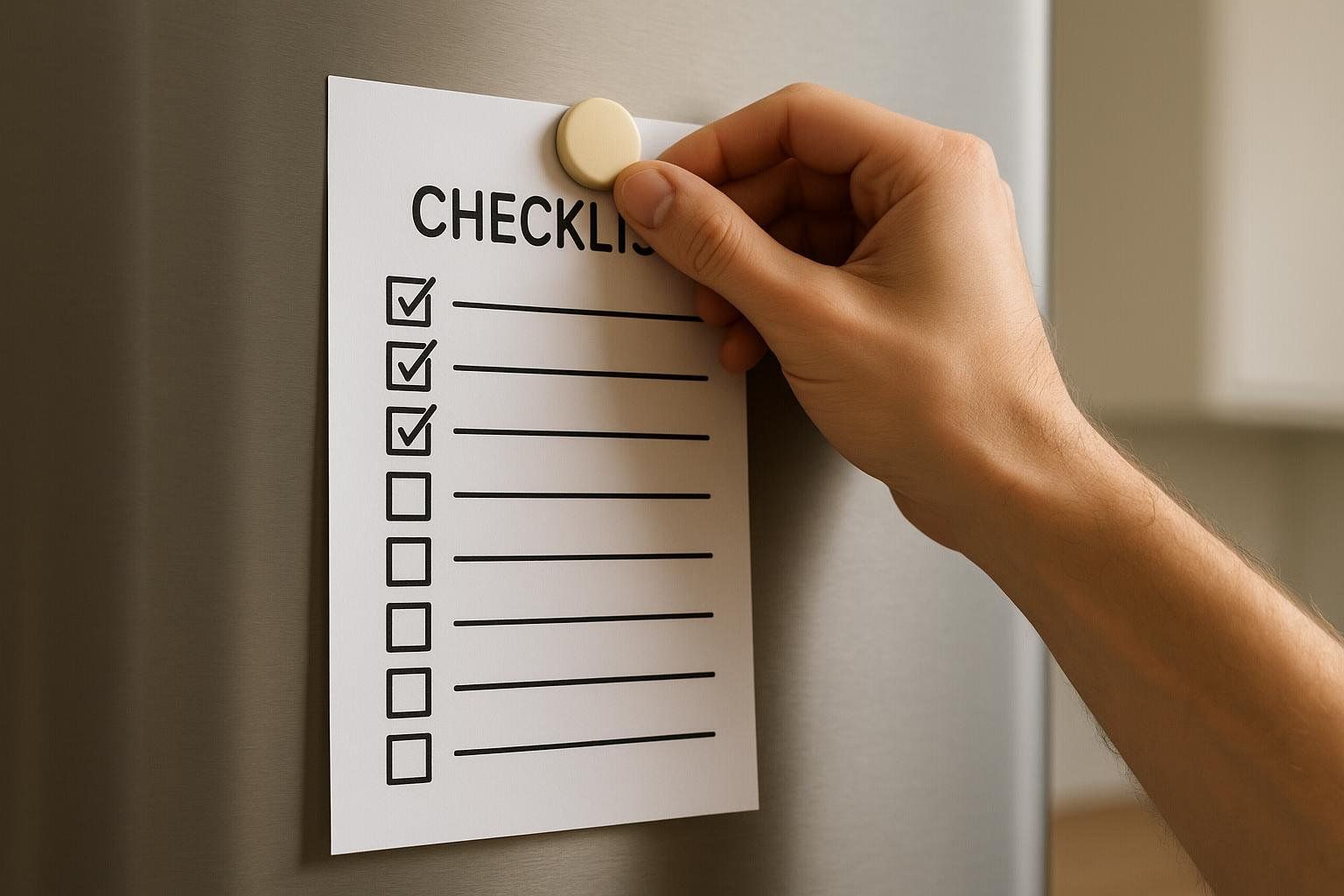
| Week | Focus Habit | Why It Matters |
|---|---|---|
| 1 | Log daily steps | Awareness first |
| 2 | Protein each meal | Muscle repair |
| 3 | Two 20-min strength sessions | Metabolic boost |
| 4 | Half-plate produce | Micronutrients |
| 5 | Add 5,000 weekly steps | Progressive overload for walking |
| 6 | Bedtime routine for 7+ hrs sleep | Recovery |
| 7 | Try one new cardio option | Fight boredom |
| 8 | Schedule follow-up DEXA | Measure true body-comp change |
If you miss a day, restart the streak tomorrow—consistency beats perfection.
6. Quick FAQ
How fast will I see results? According to Healthline, most people feel more energetic within two weeks and notice visible changes in 6–8 weeks.
Do I need supplements? Focus on food first. A basic vitamin D or protein powder can fill gaps, but neither replaces habits.
Is walking really enough? Yes—if you walk briskly, add hills, and pair it with brief strength work. Research in JAMA Network says walking just 7,000 steps a day is linked to a lower risk of heart disease and early death.
How often should I reassess? Every 8–12 weeks aligns with normal adaptation cycles. A DEXA scan plus step-count and photo comparison tells the real story.
7. Next Steps
- Book your BodySpec DEXA scan so you’re not guessing.
- Print the 8-Week Habit Checklist and pin it to your fridge.
- Circle back in two months to celebrate the inches you lost and the strength you gained.
Ready to get in shape? Schedule your scan and start stacking those habits today.
